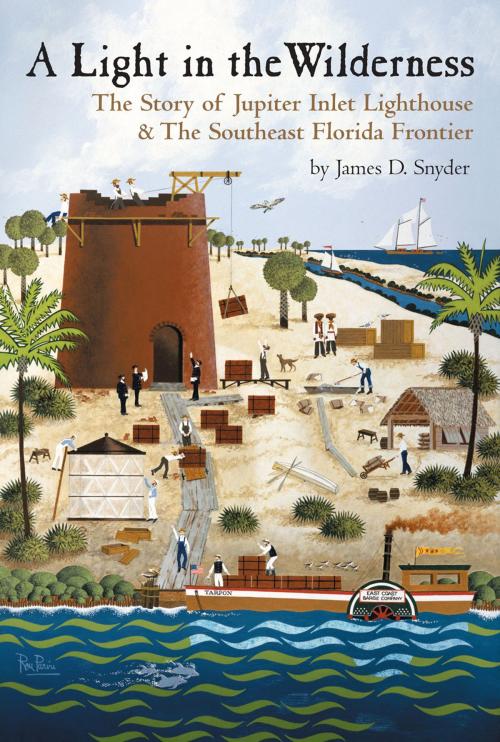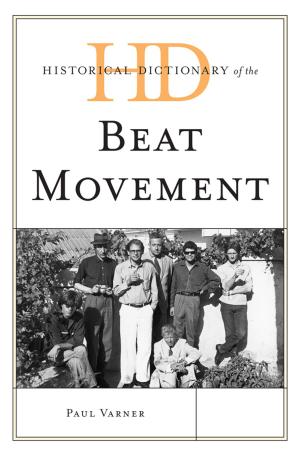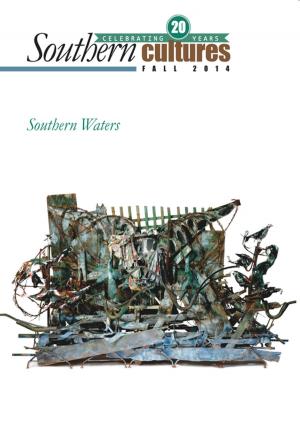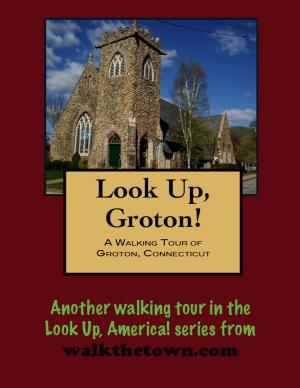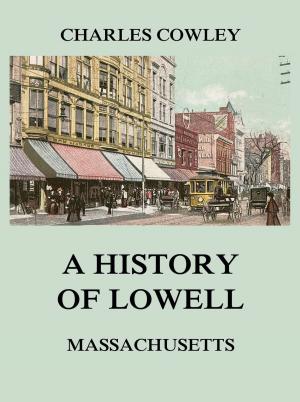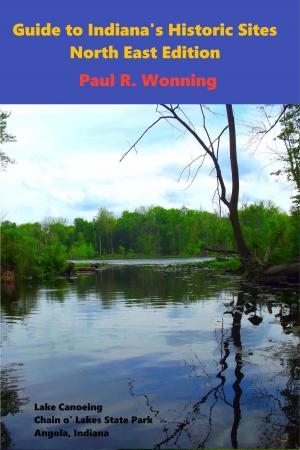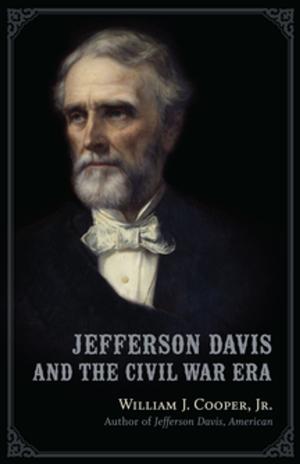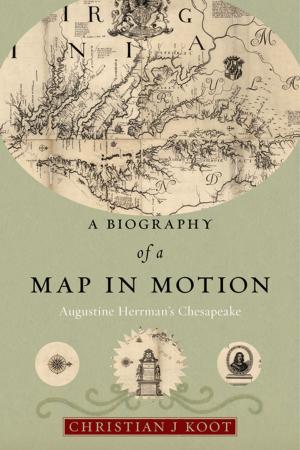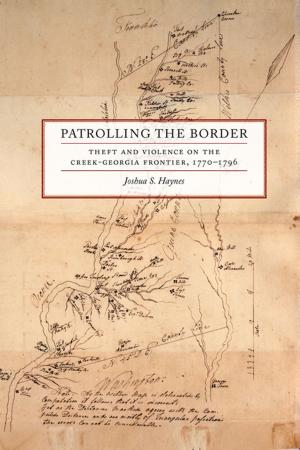A Light in the Wilderness:
The Story of Jupiter Inlet Lighthouse & Southeast Florida Frontier
Nonfiction, History, Americas, United States| Author: | James D. Snyder | ISBN: | 9781618500243 |
| Publisher: | Pharos Books | Publication: | May 3, 2013 |
| Imprint: | Language: | English |
| Author: | James D. Snyder |
| ISBN: | 9781618500243 |
| Publisher: | Pharos Books |
| Publication: | May 3, 2013 |
| Imprint: | |
| Language: | English |
Fort Jupiter and the "Military Trail" of garrisons forged in the wild to push the resourceful Seminole Indians deep into the Everglades. How the army built two camps on the Loxahatchee and tried to open the fickle Jupiter Inlet with shovels and rakes. The wreckers of Key West. How they provided the only lifesaving service available to imperiled ships. How they incensed maritime insurers and why Congress authorized lighthouses on the Florida coast. The lighthouse builders. How George Meade and other hardy army engineers labored to create a chain of beacons on brittle reefs and open seas. Why Jupiter Inlet was by far the most difficult project of all. The Civil War on the Florida coast. The state's desperate plight. The "kidnapping" of the newly-installed Jupiter Light works as Florida abandoned all of its coastal defenses. The Gunboat Years. How sleek Confederate sloops "ran" the inlets of southeast Florida in desperate attempts to haul cargoes of cotton and turpentine to Nassau and trade for weapons and food —and how Union gunboats tracked them down. Life at Jupiter Inlet Lighthouse in its early years. Living in solitude on supplies that arrived only once or twice a year. How life was sustained by spectacular hunting and fishing and shipwrecks whose cargoes could change a hardscrabble life overnight with bounty from the sea. The first brave settlers. How they carved out an inlet and built a thousand-foot tramway of beached lumber to link Lake Worth and the creek that led north to Jupiter. How they shipped their first crops in boxes made from driftwood. The paddle wheel steamer era. The emergence of steamboat trade up and down the Indian River. How it transformed Jupiter, at the southern end, into a settlement with a floating hotel, stores and a thriving little resort.
Fort Jupiter and the "Military Trail" of garrisons forged in the wild to push the resourceful Seminole Indians deep into the Everglades. How the army built two camps on the Loxahatchee and tried to open the fickle Jupiter Inlet with shovels and rakes. The wreckers of Key West. How they provided the only lifesaving service available to imperiled ships. How they incensed maritime insurers and why Congress authorized lighthouses on the Florida coast. The lighthouse builders. How George Meade and other hardy army engineers labored to create a chain of beacons on brittle reefs and open seas. Why Jupiter Inlet was by far the most difficult project of all. The Civil War on the Florida coast. The state's desperate plight. The "kidnapping" of the newly-installed Jupiter Light works as Florida abandoned all of its coastal defenses. The Gunboat Years. How sleek Confederate sloops "ran" the inlets of southeast Florida in desperate attempts to haul cargoes of cotton and turpentine to Nassau and trade for weapons and food —and how Union gunboats tracked them down. Life at Jupiter Inlet Lighthouse in its early years. Living in solitude on supplies that arrived only once or twice a year. How life was sustained by spectacular hunting and fishing and shipwrecks whose cargoes could change a hardscrabble life overnight with bounty from the sea. The first brave settlers. How they carved out an inlet and built a thousand-foot tramway of beached lumber to link Lake Worth and the creek that led north to Jupiter. How they shipped their first crops in boxes made from driftwood. The paddle wheel steamer era. The emergence of steamboat trade up and down the Indian River. How it transformed Jupiter, at the southern end, into a settlement with a floating hotel, stores and a thriving little resort.
